Directions (1-5): Study graph carefully and answer the following questions.
The Bar graph shows the total production of Car and Bike in given years by a company and the Line graph shows the per unit selling price of Car in given years.
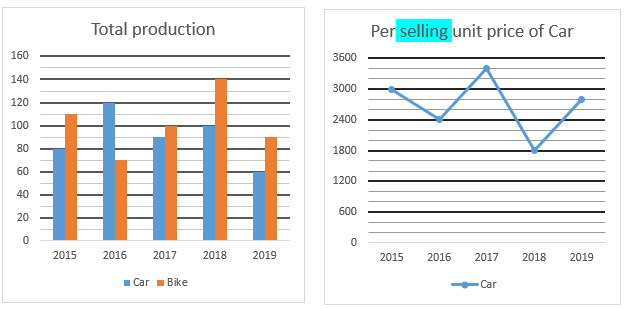
Q1. If total revenue obtained by company by selling Car and Bike in year 2017 is Rs. 4.5 Lakh, then find per unit selling price of Bike in 2017?
(a) Rs. 1640
(b) Rs. 1440
(c) Rs. 4500
(d) Rs. 3400
(e) Rs. 2500
Q2. If ratio of per unit selling price of Car and Bike in 2018 is 3:4, then Find the ratio of revenue made by Bike to Car in the year 2018?
(a) 15:28
(b) 8:5
(c) 5:8
(d) 28:15
(e) 14:15

Q4. If production of car in 2020 is increased by 20% over previous year and selling price of Car increased by 12.5% over previous year, then find total per cent increase in revenue of car in 2020 over previous year?
(a) 37.5%
(b) 35%
(c) 32.5%
(d) 40%
(e) 42.5%

Directions (6-10): Data given below gives the information regarding four different products A, B, C and D (in units) sold by a company in year 2014 and 2015. Read the data carefully to answer the following questions.
In 2014 – Ratio of units sold of product A to product D is 2 : 1. Units sold of product C is 144% of units sold of product D. Average number of units sold of product A, C and D is 370 units. Total units sold of product A, B, C and D is 1340 units.
In 2015 – Average number of units sold of product C & D is 475 units. Units sold of product A is 75 units less than the units sold of product D. Units sold of product B is increased by 40% as compared to previous year and average units sold of product B & D is 411 units.

Q7. Find the ratio of units sold of product A & D together in 2014 to units sold of product C & D together in 2015.
(a) 15 : 19
(b) 12 : 17
(c) 5 : 3
(d) 9 : 7
(e) 11 : 6
Q8. Find the difference in average units sold of product A, B, C and D in 2014 and average units sold of product A, B, C and D in 2015.
(a) 67.25
(b) 73.25
(c) 82.25
(d) 87.25
(e) 89.25.
Q9. In 2014, selling price of per unit of product D is Rs.12 and selling price of per unit of product B is Rs.15. Find total revenue generated from product B in 2014 is what percent of total revenue generated from product D in 2014?
(a) 125%
(b) 145%
(c) 135%
(d) 115%
(e) 105%
Q10. Units sold of product B & C together in 2014 is what percent more than units sold of product – D in 2015?
(a) 12%
(b) 30%
(c) 24%
(d) 18%
(e) 36%
Directions (11-15): Study the given passage carefully & answer the questions.
In a sport Academy ‘XY’, there are some student who can play three games i.e. tennis, cricket & chess. Total number of players who play tennis is 160 & all three games are played by 10% of total tennis players. Ratio of cricket to chess players is 3:5 and total of cricket & chess players is 100% more than tennis players. Players who play both tennis and chess are 12½% of total tennis players. Ratio of players who play both tennis & cricket to players who play both chess & cricket is 2:3 & total of players who play both tennis & cricket and players who play both chess & cricket is equal to one-fourth of chess players.

Q12. Players who play chess but not cricket is approximately what percent of total players?
(a) 35%
(b) 45%
(c) None of these
(d) 40%
(e) 50%
Q13. What is ratio of players who play both tennis & chess to players who play only cricket?
(a) 7 : 13
(b) 9 : 41
(c) 10 : 43
(d) None of these
(e) 2 : 5
Q14. Players who play at least two games is approximately what percent of players who play utmost two games?
(a) 4%
(b) 6%
(c) 15%
(d)12%
(e)9%
Q15. What is the difference between no. of players who can play tennis & players who play only cricket?
(a) 74
(b) 64
(c) 68
(d) None of these
(e) 72
Solutions
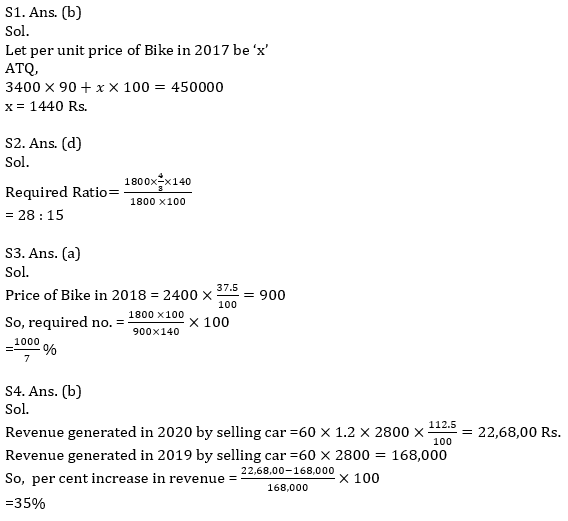

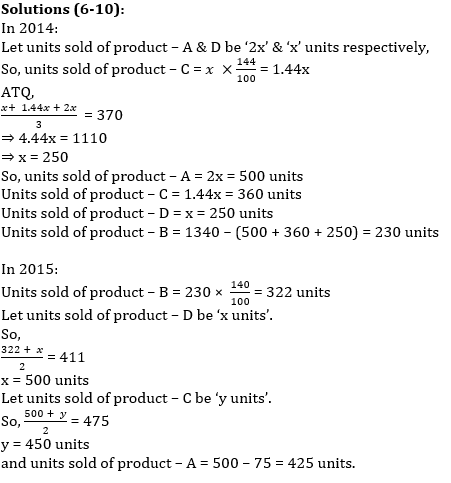
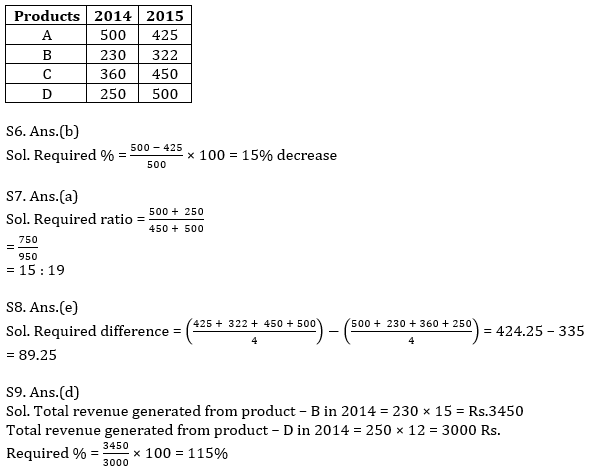

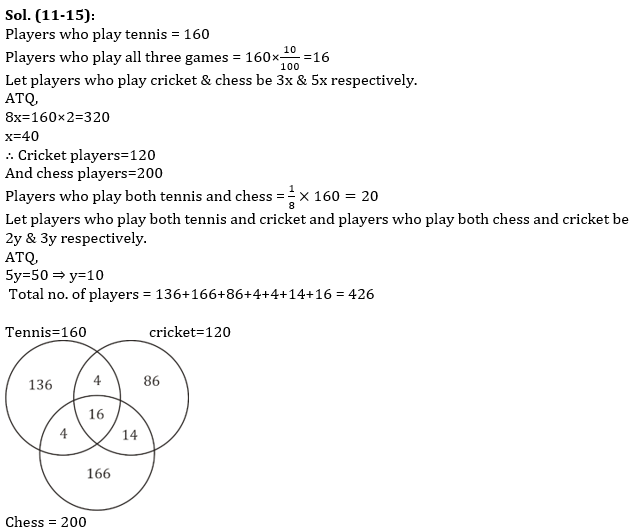
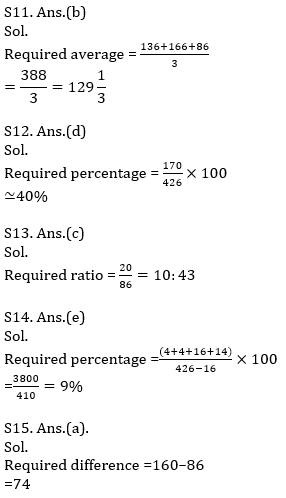
Click Here to Register for Bank Exams 2021 Preparation Material





 GA Capsule for SBI Clerk Mains 2025, Dow...
GA Capsule for SBI Clerk Mains 2025, Dow...
 The Hindu Review October 2022: Download ...
The Hindu Review October 2022: Download ...
 ECGC PO Scorecard 2025 Out, Check Marks
ECGC PO Scorecard 2025 Out, Check Marks




